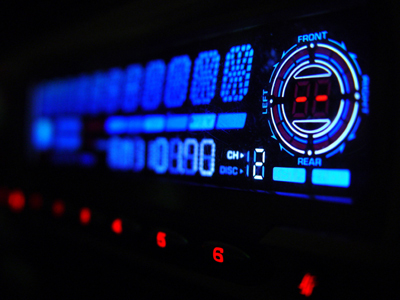
Waves - The use of Waves in Communications
This GCSE Physics quiz asks questions on the use of waves in communications. Waves play a key part in our daily lives as they are widely used for communication. For your GCSE, you need to be familiar with the situations in which waves are used to communicate and able to compare the use of different types of waves. Most of the waves used in this context are electromagnetic, however, we use sound waves for talking to each other and getting attention (examples: shouting and the use of vehicle horns, sirens, bells and so on). You are expected to know the hazards associated with waves used in communications. Beginning with sound, the main one is too much exposure to loud sounds can damage the hearing. That is because loud sounds carry a lot of energy and have large amplitudes.
Ready for more?
not all...
quizzers. Try to win a coveted spot on our Hall of Fame Page.







